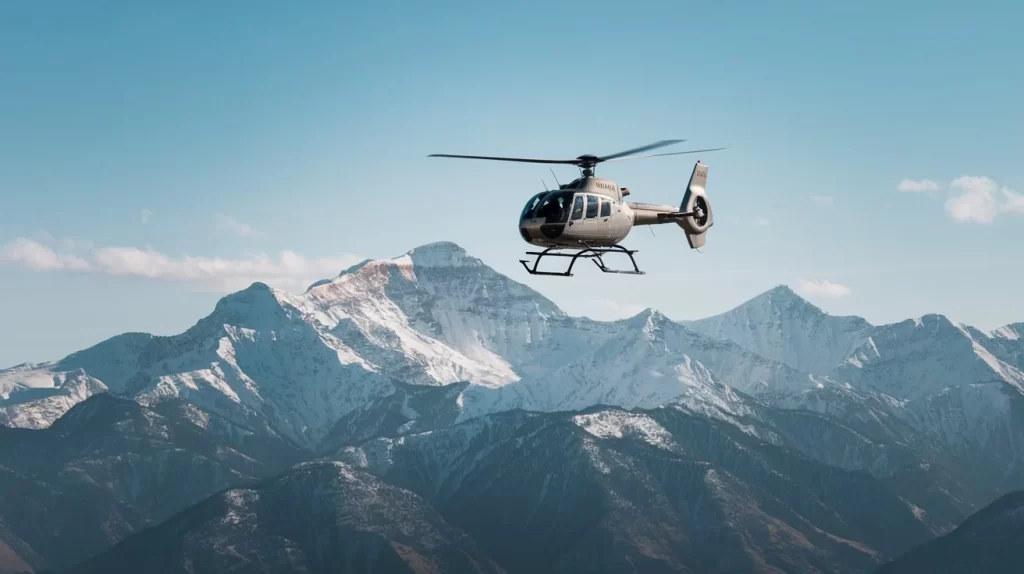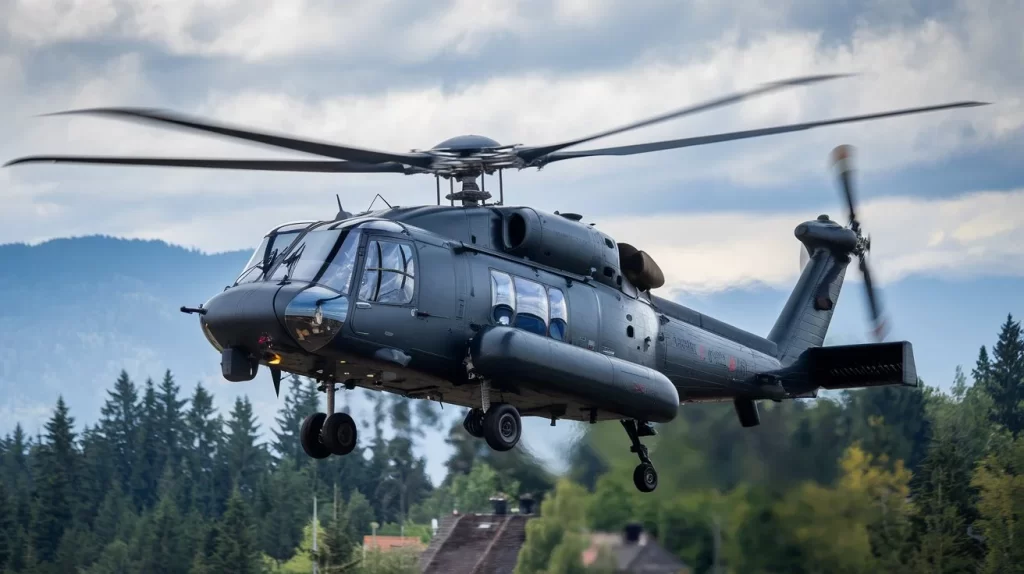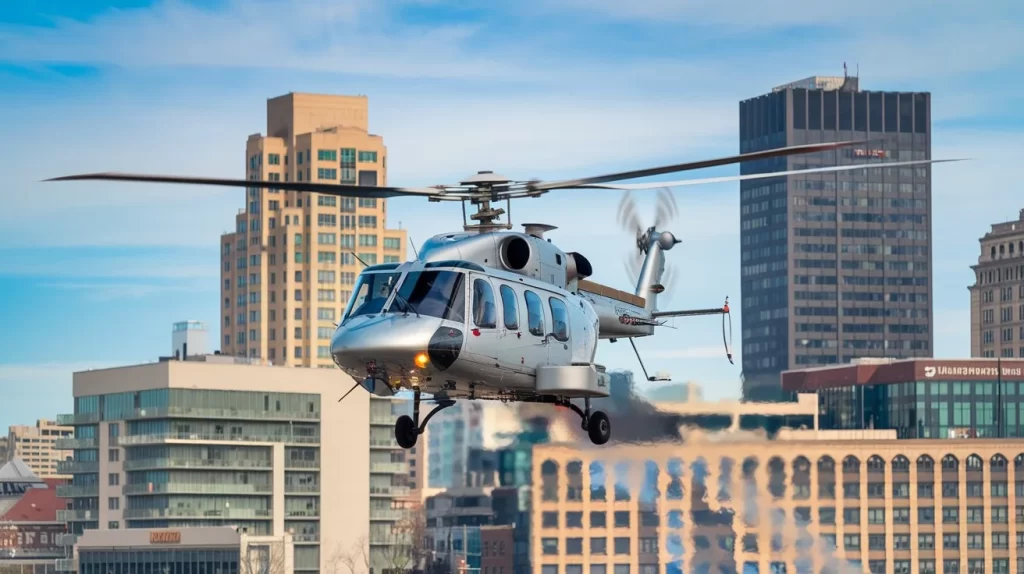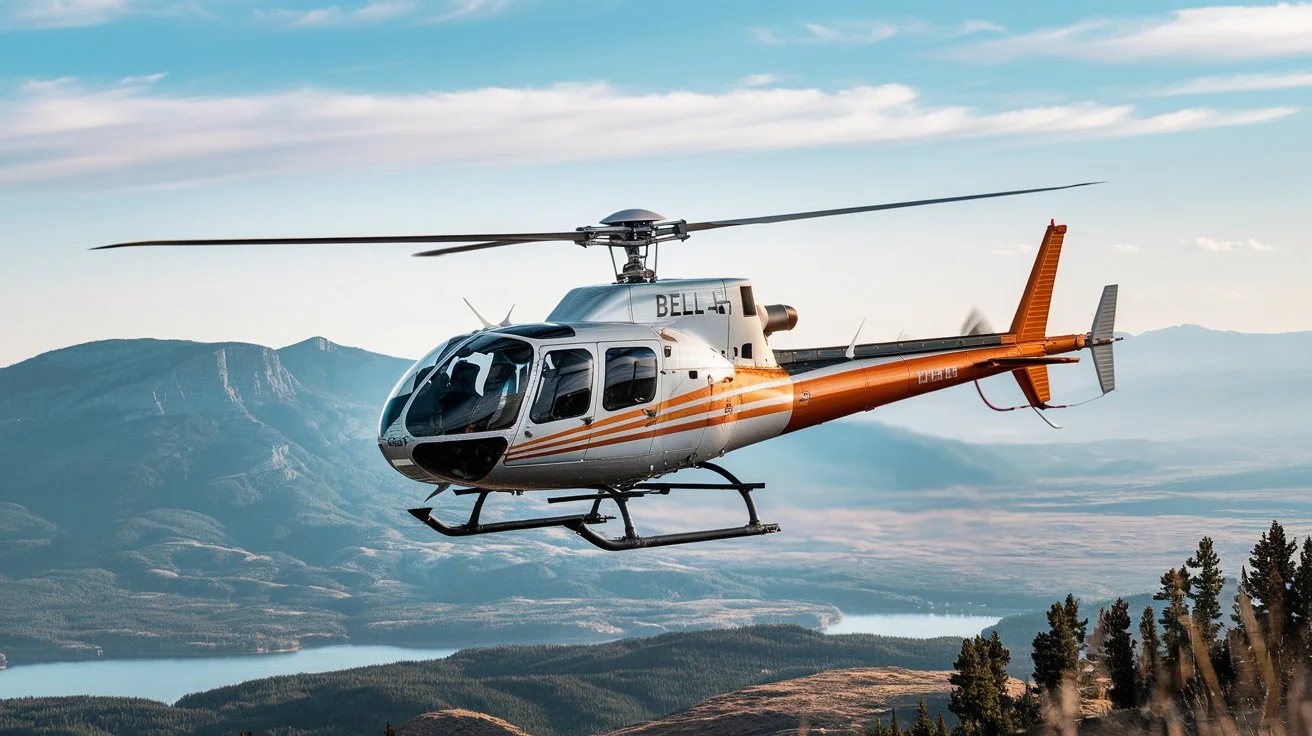Table of Contents
When it comes to flying machines, many people wonder, how fast does a helicopter go? This question sparks curiosity about the speed and capabilities of these incredible aircraft. How fast does a helicopter go is not just a question of curiosity; it also reveals the impressive engineering behind these machines. In this article, we will dive deep into the speeds of helicopters, the factors that influence their speed, and much more. So buckle up as we uncover the thrilling truth about helicopter speeds!
How Fast Does a Helicopter Go? Understanding Helicopter Speed

What Is Helicopter Speed?
How fast does a helicopter go refers to the speed at which a helicopter can travel through the air. This speed varies depending on the helicopter’s type and design. Many people wonder how fast does a helicopter go because helicopters are unique in using rotating blades to lift and move, making their speed quite different from airplanes.
Average Helicopter Speeds
On average, most helicopters fly between 100 to 160 miles per hour. However, some specialized helicopters can reach speeds over 200 miles per hour. Understanding this average can help us grasp how helicopters fit into the world of aviation. For instance, the Bell 206, a popular model, has a cruising speed of about 130 miles per hour, while the Eurocopter EC135 can reach speeds of up to 150 miles per hour.
Factors Affecting Helicopter Speed
Design and Build
The design and build of a helicopter play a significant role in answering the question how fast does an aircraft go. Helicopters with larger, more powerful engines tend to fly faster, impacting how fast does a helicopter go in various situations. The shape and length of the blades also affect speed; longer blades can allow for higher speeds. For example, military helicopters are often built for speed and agility, which is crucial in combat situations.
Aerodynamics
Aerodynamics is a key factor in helicopter speed. The rotor blades must be designed to cut through the air efficiently. Manufacturers spend a lot of time testing different shapes and materials to find the best design for speed and lift.
Weight and Load
Weight is a crucial factor in determining helicopter speed. Heavier helicopters may need help to reach high speeds, especially if they are carrying extra passengers or cargo. Pilots must always consider their load to ensure safe flying. This is why some helicopters are designed to be lighter while still maintaining strength and durability.
Payload Capacity
Each helicopter has a specific payload capacity, which includes the weight of passengers and cargo. Exceeding this limit can significantly reduce speed and affect maneuverability. Pilots often check the weight before every flight to ensure compliance with safety regulations.
Weather Conditions
Weather can greatly impact how fast a helicopter goes. Strong winds, rain, or storms can slow down a helicopter’s speed. Pilots must always check the weather before flying to ensure they can travel safely and efficiently. For instance, flying in strong headwinds can significantly reduce the helicopter’s speed and range.
Wind Effects
Wind can either aid or hinder helicopter speed. Tailwinds can help helicopters fly faster, while headwinds can create resistance. Pilots often adjust their flight paths to take advantage of favorable winds.
Altitude
The altitude at which a helicopter flies can also affect its speed. At higher altitudes, the air is thinner, which can make flying more challenging. This means helicopters may have to adjust their speed when flying at different heights. Flying too high can also affect the helicopter’s performance due to reduced engine efficiency.
Engine Performance
Most helicopter engines are designed to operate optimally at specific altitudes. At high altitudes, the engine may produce less power, which can limit speed. Pilots must be aware of these limitations and plan their routes accordingly.
Types of Helicopters and Their Speeds

Light Helicopters
Light helicopters are commonly used for personal flying, training, and small transportation, and many people ask how fast does a helicopter go in these categories. These helicopters usually have a top speed of around 120 to 140 miles per hour, which helps answer the question how fast does a helicopter go for short trips and easy maneuverability. Examples include the Robinson R44 and the Bell 206, both of which are popular choices for private pilots.
Medium Helicopters
Medium helicopters are often used for commercial purposes, like transporting goods or people. Their speeds range from 130 to 160 miles per hour. These helicopters are versatile and can handle a variety of tasks, from medical evacuations to aerial photography. The Sikorsky S-76 is a well-known medium helicopter used in various industries.
Heavy Helicopters
Heavy helicopters, like those used for rescue missions or heavy lifting, can reach speeds of 150 to 200 miles per hour. These powerful machines are built for specific tasks that require both strength and speed. The Sikorsky CH-53 is an example of a heavy helicopter designed for military operations, capable of carrying large loads at impressive speeds.
Military Helicopters
Military helicopters are designed for speed and agility. Some models can exceed 200 miles per hour. These helicopters are built for tactical missions and must be fast to react quickly in various situations. The Boeing AH-64 Apache, for instance, is known for its speed and combat capabilities, making it a vital asset for the military.
Speed Comparisons: Helicopters vs. Other Aircraft

Helicopters vs. Airplanes
When comparing helicopters to airplanes, airplanes generally fly faster. Most small planes can reach speeds of 200 to 300 miles per hour, while helicopters average between 100 to 160 miles per hour. However, how fast does a helicopter go becomes less important when considering their advantage of vertical takeoff and landing, making them more versatile in tight spaces. This capability allows helicopters to operate in locations where traditional airplanes cannot.
Flight Range
While helicopters may be slower, they excel in shorter flight ranges. They can reach remote locations where airplanes cannot land, making them invaluable in rescue and transport missions.
Helicopters vs. Drones
Drones are becoming popular for various tasks, but they typically fly slower than helicopters. Most drones have speeds of around 15 to 50 miles per hour. While drones are useful for aerial photography and deliveries, helicopters still dominate in speed and capabilities. Helicopters can cover larger distances and carry more significant payloads compared to most drones.
The Future of Helicopter Speed
Advancements in Technology
As technology continues to improve, we can expect to see helicopters that fly faster and more efficiently. Innovations in materials and design will likely enhance helicopter speeds, making them even more valuable in various industries. For instance, advancements in rotor design can lead to more aerodynamic shapes that reduce drag and increase speed, further answering the question how fast does a helicopter go in the future.
Composite Materials
New materials, like carbon fiber and composites, are being used to construct helicopters. These materials are lighter and stronger, which can improve speed and fuel efficiency.
Electric Helicopters
Electric helicopters are emerging as a new trend in aviation. These helicopters aim to provide quieter and faster flights. As battery technology advances, we may see electric helicopters that compete with traditional models in speed. Companies like Joby Aviation and Archer are developing electric vertical takeoff and landing (eVTOL) aircraft that promise to revolutionize urban air travel.
The Role of Helicopters in Various Industries
Medical Services
Helicopters play a crucial role in emergency medical services, and how fast does a helicopter go can make all the difference in critical situations. They can transport patients quickly, especially in remote areas where ground transportation is slow. With the ability to fly at speeds of up to 150 miles per hour, how fast does a helicopter go becomes a key factor in saving lives, as air ambulances can reach hospitals faster, significantly improving patient outcomes.
Search and Rescue Operations
Helicopters are often used in search and rescue operations. Their speed and agility allow them to cover large areas quickly. They can reach people in distress much faster than ground teams, making them essential for emergencies such as natural disasters or missing persons.
Real-Life Examples
Many successful rescues have been performed using helicopters, such as mountain rescues where hikers are stranded. These helicopters can navigate rugged terrains and reach victims in ways that ground vehicles cannot.
Law Enforcement
Many police departments use helicopters for aerial surveillance and pursuit. These helicopters can fly quickly over urban areas, helping officers track suspects and respond to incidents. Their speed gives law enforcement a significant advantage in various situations.
Also Read: How Long Does a Father Have to Be Absent to Lose His Rights? Shocking Truth Revealed
Crime Scene Management
Helicopters can assist in managing large crowds during events and monitoring traffic patterns. Their ability to cover large areas quickly is a crucial advantage for law enforcement agencies.
Tourism and Sightseeing
Helicopters are also popular for tourism. Sightseeing tours provide breathtaking views of landscapes and landmarks, and how fast does a helicopter go plays a crucial role in enhancing the overall experience. These tours can operate at speeds that allow tourists to see a lot in a short time, maximizing their adventure. Helicopter tours over cities like the Grand Canyon or New York City offer unique perspectives, and understanding how fast does a helicopter go helps explain why these tours are so efficient.
So, how fast does a helicopter go on average? Typically, helicopters travel between 100 to 160 miles per hour, but this speed can change depending on design, weight, and weather. As technology continues to evolve, how fast does a helicopter go in the future may become even more impressive, making helicopters vital for rescue missions, tourism, and personal travel alike.

